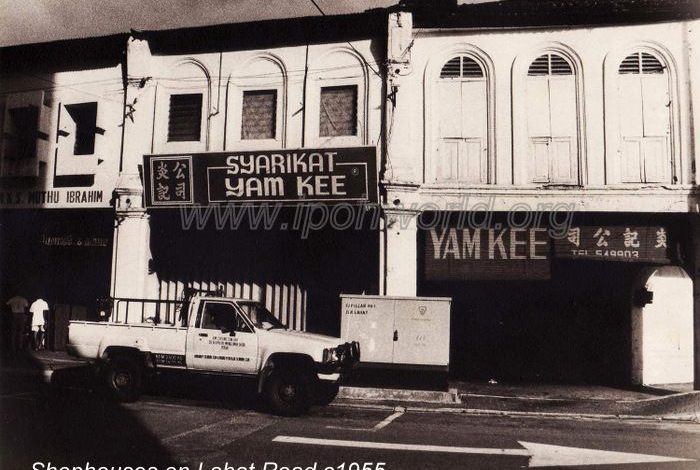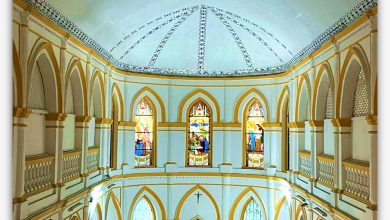Nostalgia: Times Change


By Ian Anderson
There is no doubt that things have to change as we cannot stay in a sort of time-warp while the world goes by without us. Ipoh, like everywhere else, is in a state of perpetual change. It always has been and it always will. Some of these changes creep in, barely noticed until one day you say, “I wonder when they changed that?” Other changes are more dramatic, changing the face of the city and the lives of those that live there. A good example of this is Fair Park.


Fair Park was a housing estate built by the well-known Danish architect Berthel Michael Iversen in 1938. This development was a change for the good for local people, with state-of-the-art homes far superior to traditional shophouses that most people lived in. The homes had three bedrooms upstairs; with a living room, dining room, a flush toilet (when the town still had the bucket system), a small kitchen and backyard. There was a built-in wood-fired stove with a chimney. There were green strips of land and space between blocks of five houses. Here, children of all races played together in perfect harmony. Fair Park homes were a dramatic step forward for Ipoh and with a rent of $60 a month they were the most popular houses in town.
Not far away was Greentown, homes for the civil service. These were not as grand as those in Fair Park but nonetheless, they were good homes with the bonus of lots of green space where the kids could enjoy their freedom and adventure; catching spiders and dragonflies; climb trees and make their own toys from whatever was available. The complex included a sports club, The Sturrock Club. Legend has it that the name of the development was culled from all the wide swathes of grass between the rows of dwellings, but this is incorrect as it was actually named after Mr Green, a British Civil Servant and leader of the Town Council. I prefer the legend!


Down in the town’s shophouses, it was a different story with children playing in the streets and back lanes, their families crammed into one room and sharing everything. Mano Maniam picks up the story:
“In the upstairs living quarters of the shophouse, three families lived huddled together, separated by thin wooden walls and sharing a common tap in the primitive kitchen. On the ground floor, at the very back was the sole bucket toilet which had an opening to the back lane. This facility was shared by the twenty people upstairs and a dozen workmen in the three businesses in the shop. The womenfolk on the upstairs floor had to use the toilet very early in the morning, away from the presence of males whose turns came only after the last lady had safely disappeared upstairs to begin their housework.”


A far cry from Fair Park or Greentown!
Yes, times have changed. Iversen’s Fair Park has gone, razed to the ground without a trace, replaced by a new housing estate; Greentown homes have also gone to be replaced by a business park where blades of grass can barely exist, and children no longer play – today they go to tuition!
But in most cases, the shophouses are still there. The buckets have gone, replaced by flush toilets in the 1970s and the population density has decreased as families moved to the outskirts of the ever-growing town. Personally, I am glad that they are still there for they are the trademark of our city. If they were to go, Ipoh would have no character, no stories, no heart.
After all, we all need a little bit of nostalgia to fall back on, don’t we?


